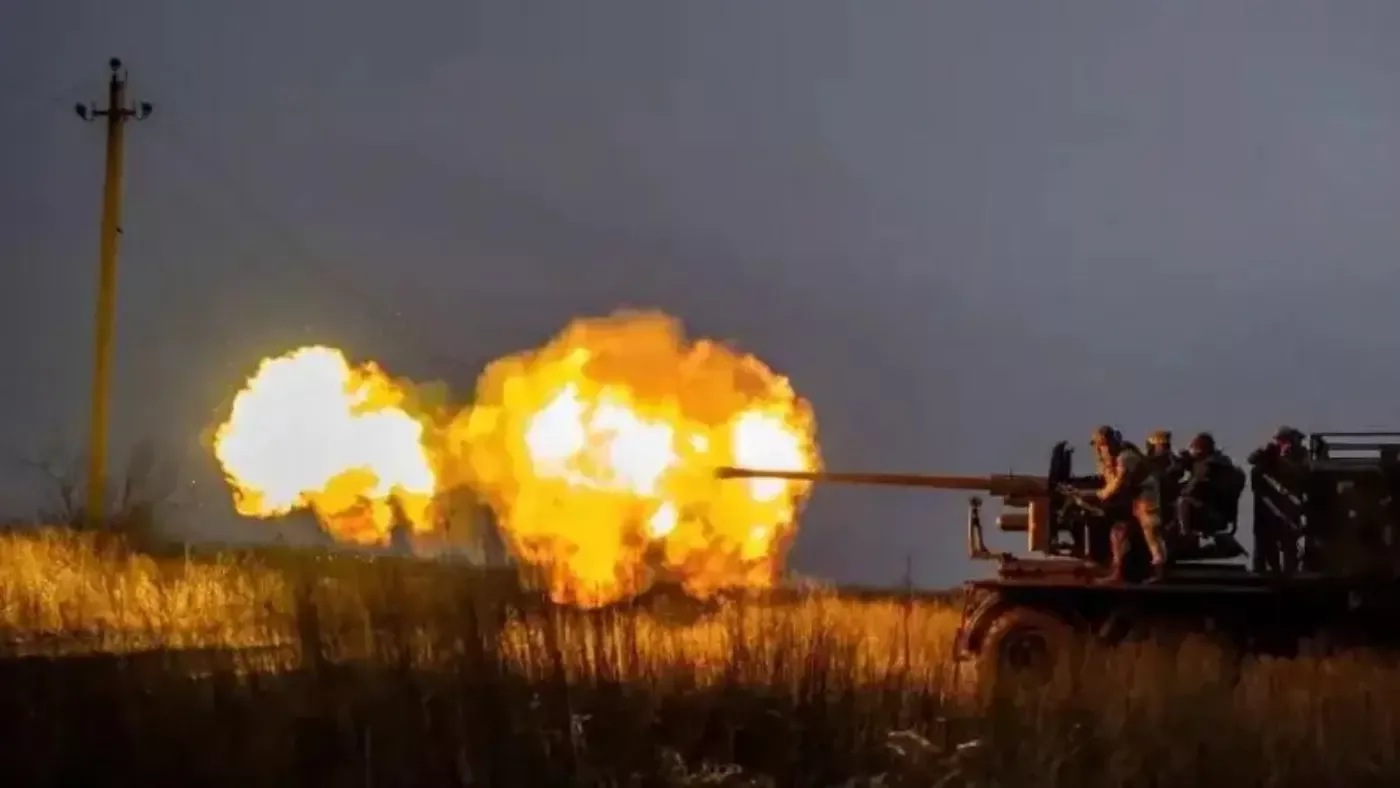
During the period before Donald Trump's return to the White House, the war in Ukraine was drawn into a larger scale than previously thought. The New York Times published a major investigation revealing that Kyiv and Washington had secretly united their cooperation in intelligence, strategy, planning, and technology for nearly three years – of which only a narrow circle of American and allied officials were aware.
The NYT material highlights that the American base in Wiesbaden, Germany, has been providing coordinates of Russian troops in Russian territory to the Ukrainian armed forces. This operation was named Task Force Dragon, and its mission was to compensate for Russia's superiority in manpower and weaponry.
The US and Ukrainian military identified priority targets daily, with intelligence officers locating Russian positions through satellite imagery, radio signals, and intercepted messages, the publication states, with their coordinates later transmitted to the Ukrainian armed forces.
The NYT writes that the "red lines" of the Biden administration were constantly pushed back. Although Washington emphasized from the beginning of the large-scale invasion that it did not want to be directly involved in the war, the authors of the article note that at one point, nearly ten American military advisors were present in Kyiv.
According to them, the group later expanded to thirty individuals, and military advisors were allowed to visit Ukrainian command posts closer to the combat zones.
In 2022, the US Navy allowed the Ukrainian armed forces to receive information to strike Russian military vessels with sea drones, the investigation states.
According to the NYT, the Central Intelligence Agency enabled support for Ukraine's operations in Crimea.
The authors note that in January 2024, American and Ukrainian military officers in Wiesbaden planned a campaign to attack nearly 100 Russian military installations in Crimea using long-range missiles and Ukrainian drones supplied by the coalition.
Problems related to the counteroffensive
According to the NYT, in 2023, the summer counteroffensive of the Ukrainian armed forces also became a topic of discussion and planning in Wiesbaden. The publication emphasizes that the failure of the counteroffensive was due to "political disagreements in Ukraine."
The campaign was supposed to "give momentum" to Ukraine after victories in the first year of the large-scale invasion. However, after partners conducted military exercises in Wiesbaden and agreed on a strategy, "the plan clashed with Ukrainian politics."
According to the publication, the Commander-in-Chief of the Ukrainian armed forces, General Valeriy Zaluzhnyi, approved a plan to storm the southern city of Melitopol, aiming to cut off Russia's supply lines.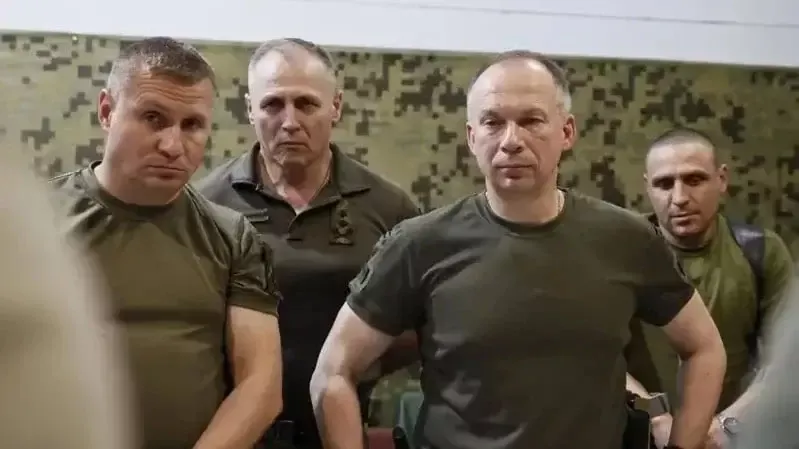
NYT describes many aspects related to the competition between Sirskiy and Zaluzhnyi
However, his subordinate and rival – Colonel General Oleksandr Sirskiy also had his own plan: to strike Russian troops in Bakhmut.
Ukrainian President Volodymyr Zelensky ultimately sided with Sirskiy, and the forces were divided into two main fronts.
At a meeting of the General Staff, Zaluzhnyi concluded that General Oleksandr Tarnavskiy should receive 12 brigades and a large amount of ammunition to attack the main strike direction – Melitopol. At that time, General Yuriy Sodol was to carry out a deceptive maneuver in Mariupol to distract Russian troops, while Sirskiy was to lead a supporting strike around Bakhmut.
“Then Sirskiy speaks. According to Ukrainian officials, the general expressed his desire to abandon this plan and conduct a large-scale offensive to push the Russians out of Bakhmut,” the report states. According to his version, Sirskiy had also planned to reach Luhansk.
Americans were not informed about the results of this meeting, according to American journalists' investigation, but later US intelligence noticed that Ukrainian forces and ammunition were "moving in directions inconsistent with the agreed plan."
The Ukrainians could not retake Bakhmut, and a few months later, the counteroffensive ended unsuccessfully. After that, Russia gained the upper hand, the NYT emphasizes.
The publication's investigation describes many other aspects related to the competition between Sirskiy and Zaluzhnyi, as well as the relationships of Ukrainian commanders with the Americans.
Disputes between the US and Ukraine
On April 14, 2022, Ukrainian forces dealt a devastating blow to the Russian Black Sea Fleet, sinking the "Moskva" missile cruiser, which provoked a negative reaction in the US.
According to the NYT, in mid-April 2022, American and Ukrainian officers were conducting daily intelligence when an unexpected object appeared on the radar screens.
The publication states that the Americans were furious that the Ukrainians had attacked the cruiser without warning them, and they were also surprised that there were missiles capable of reaching the ship in Ukraine.
They panicked, the NYT writes, because "the Biden administration did not want to allow the Ukrainians to attack such a significant symbol of Russian power."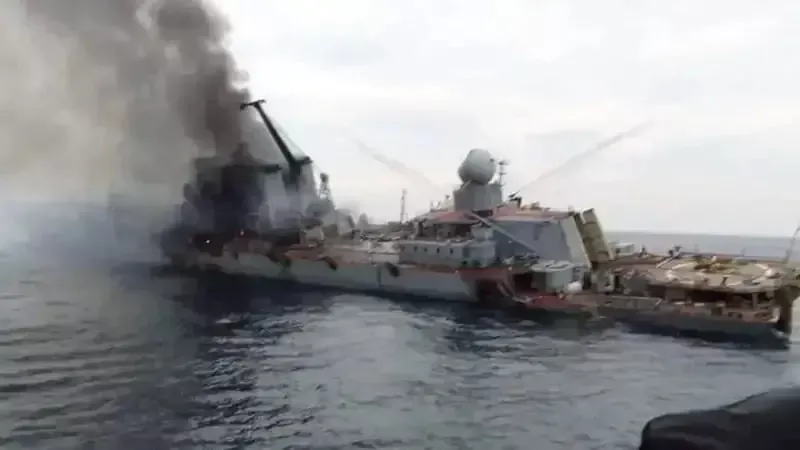
Americans were angry that the Ukrainians did not warn them about the attack on the "Moskva" cruiser, journalists write
Americans also assessed Ukraine's operation that began in the Kursk region in August 2024 as an action that could undermine trust. The publication notes that by the summer of 2024, the Ukrainian army had dangerously stretched the front in the north and east. However, by that time, Sirskiy, who had taken over the position of Commander-in-Chief of the Ukrainian armed forces, continued to tell him about the "need for victory."
In March, Americans identified that Ukraine's military intelligence was secretly planning a ground operation in southwestern Russia. At that time, the head of the CIA's Kyiv station asked the head of the Main Intelligence Directorate, Kirill Budanov, for clarification: if the Ukrainians crossed into Russia, it would have to be without American weapons and intelligence, the publication emphasizes.
At the beginning of August, Ukrainians hinted at something happening in the north, the NYT writes. At that time, General Sirskiy carried out his maneuver – sending troops into the Kursk region through Russia's southwestern border.
The issue was not only that the Ukrainians caught the Americans off guard, but also that "they [Ukrainian forces] secretly crossed the agreed line by bringing coalition-supplied weapons into Russian territory," the publication emphasizes.
Earlier, Ukraine and the US had defined an area in Russia where Ukrainians could fire American weapons, and the command in Wiesbaden could support their strikes with intelligence. This was done, in particular, to prevent a humanitarian disaster in the Kharkiv region. "This was not just a form of blackmail, but exactly blackmail itself," explained a Pentagon official regarding the situation.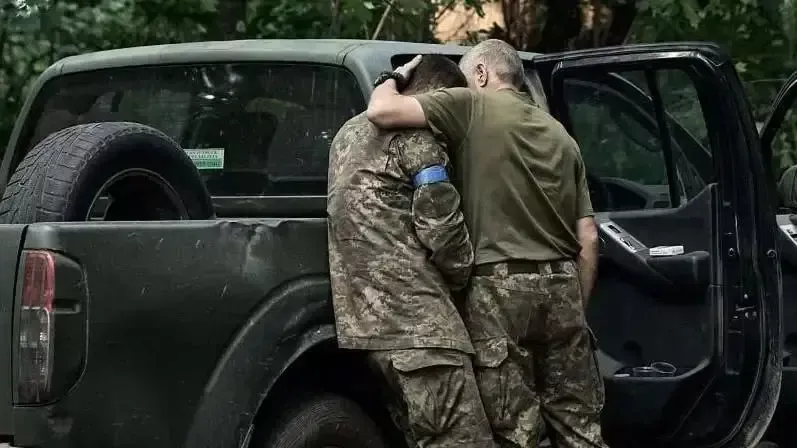
Ukrainians hold the foothold in the Kursk region for more than seven months
After the military actions began in the Kursk region, Americans could have stopped their support, but they understood that this could lead to significant casualties among Ukrainian forces, explained a US administration official. If they had not been protected by HIMARS missiles and intelligence, they would have been doomed, the NYT writes.
One of the goals of the Ukrainian armed forces' invasion of the Kursk region, as explained by Zelensky to the Americans, was to gain leverage – to seize and hold Russian territories that could be exchanged for Ukrainian lands in future negotiations.
In March, it became known that Ukraine was gradually withdrawing its military contingent. Recently, Zelensky stated that the pause in the provision of intelligence by the US did not affect the situation of Ukrainian forces in the Kursk region.
Similar news
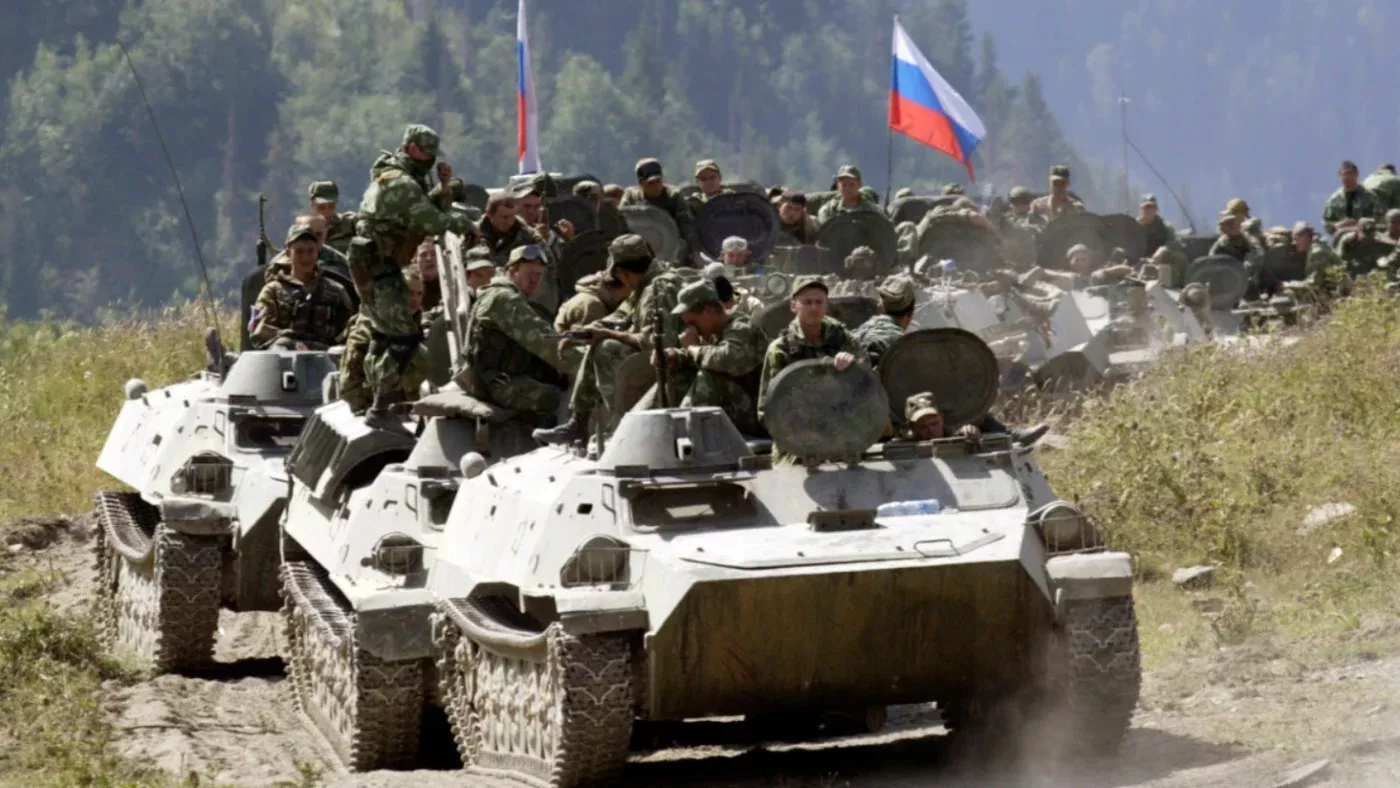
Rossiya Ukraina janubini nega bu qadar tez ishg‘ol qilgandi?
2022 yil 24 fevral kuni ertalab soat 4 larda Rossiya armiyasi Ukraina hududiga hujum boshlagandi. Yurish bir vaqtning o‘zida bir necha yo‘nalishda: janub, sharq va shimoldan olib boriladi. Biroq,

Mixaylo Podolyak: «Aslida, normal va qulay muzokara jarayoni ketmoqda»
Hennadii Minchenko / Ukrinform / Future Publishing / Getty Images AQSH prezidenti Donald Tramp 2025 yil 20 yanvarda bo‘lib o‘tgan inauguratsiyasidan so‘ng, darhol Putin bilan uchrashish niyati
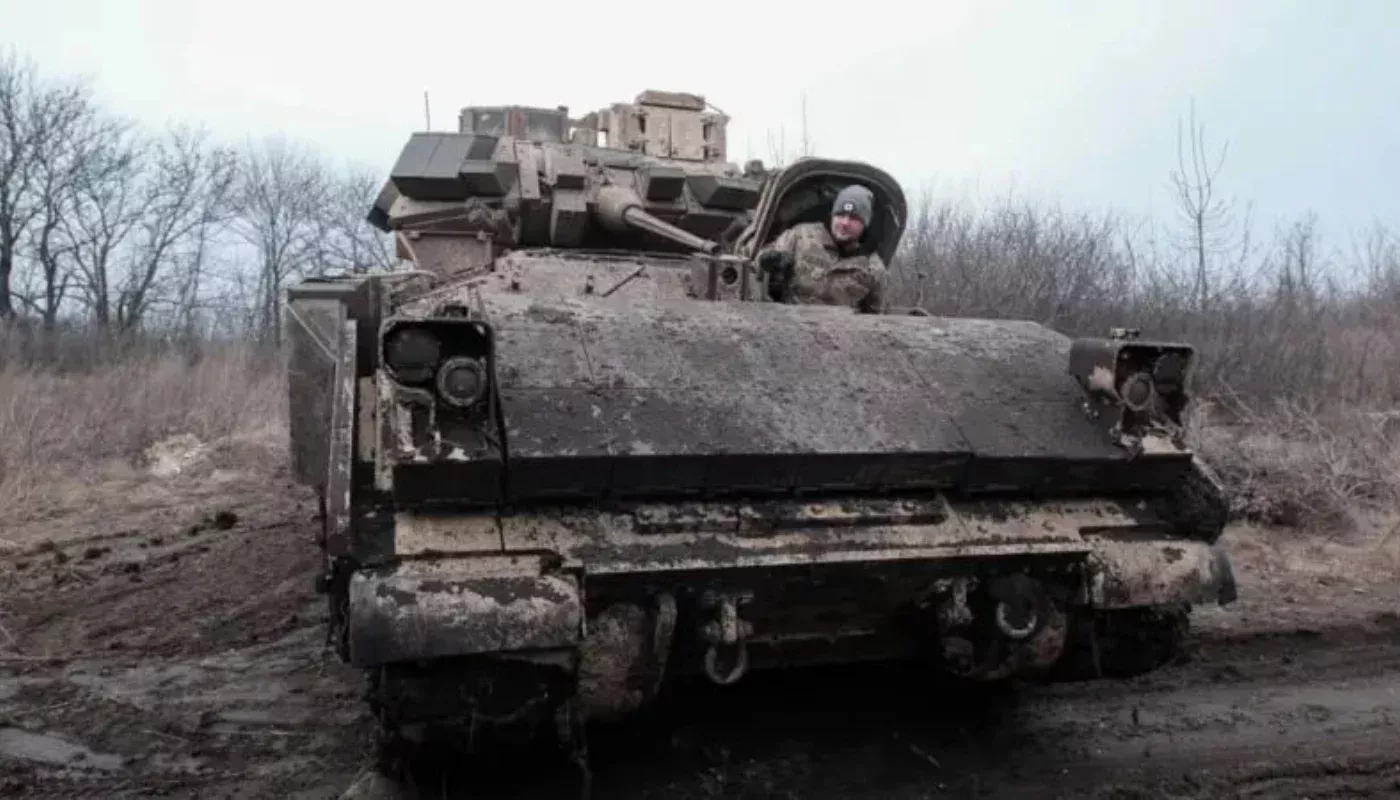
Ukraina Amerika qurollarisiz omon qoladimi?
Foto: Getty Images AQSHning keng ko‘lamli urushning uch yili davomida Ukrainaga ko‘rsatib kelingan harbiy yordami to‘xtatilishi mumkin. Har holda, Amerika prezidenti Donald Tramp bu variantni

“Manchester Siti” klubi Abduqodir Husanov haqida hali hech qayerda chop etilmagan maqola e’lon qildi
“Manchester Siti” klubi o‘z ijtimoiy sahifasida, jamoa muxlislarining qalbini tezda zabt etgan yosh futbolchi Abduqodir Husanov haqida ilgari hech qayerda chop etilmagan ma’lumotlar, oilaviy
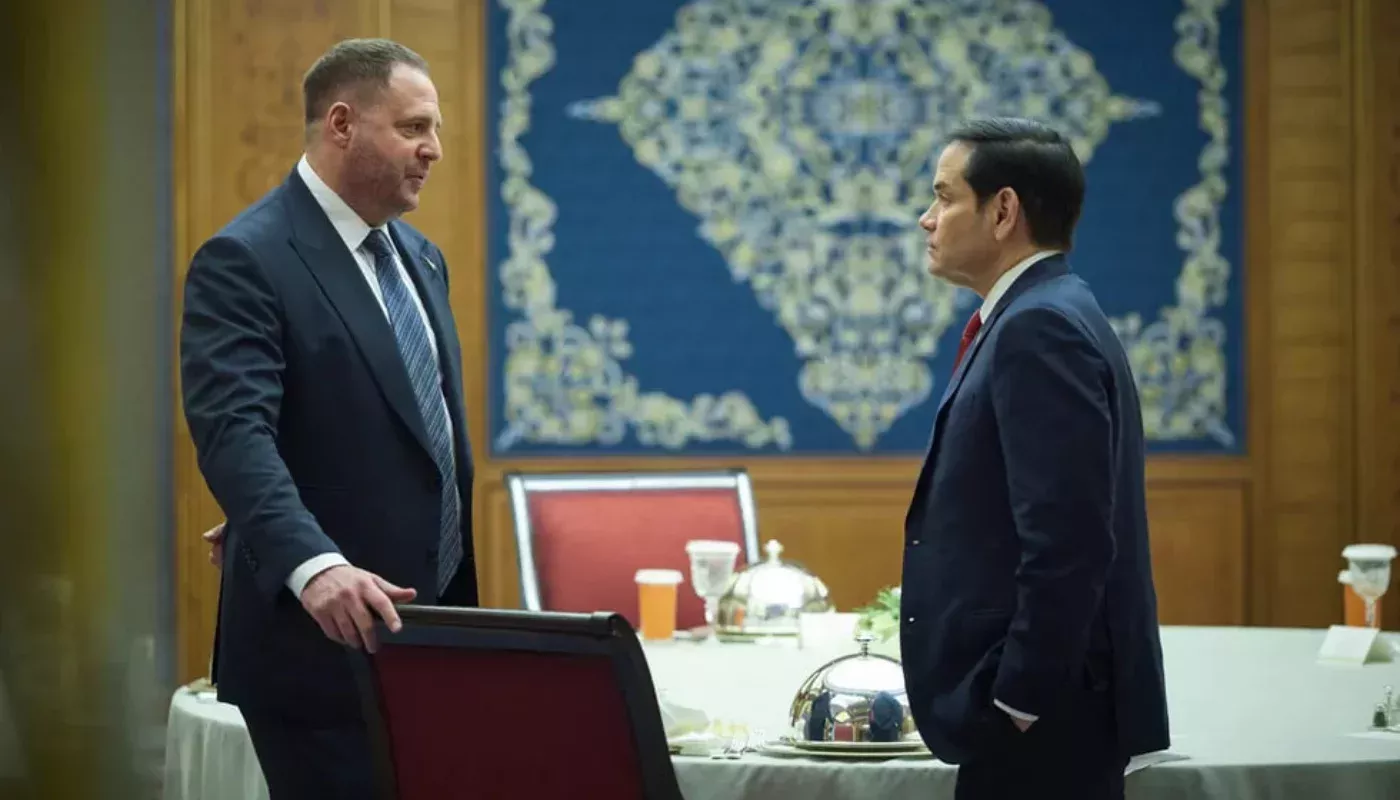
Jiddadagi muzokaralar yakunlariga dunyo bo‘ylab qanday reaksiya qilinmoqda?
AQSH va Ukraina delegatsiyalari 11 mart kuni Saudiya Arabistonining Jidda shahrida muzokaralar o‘tkazdi. Vashington vakillari 30 kunlik vaqtinchalik o‘t ochishni to‘xtatish rejimini joriy etishni

